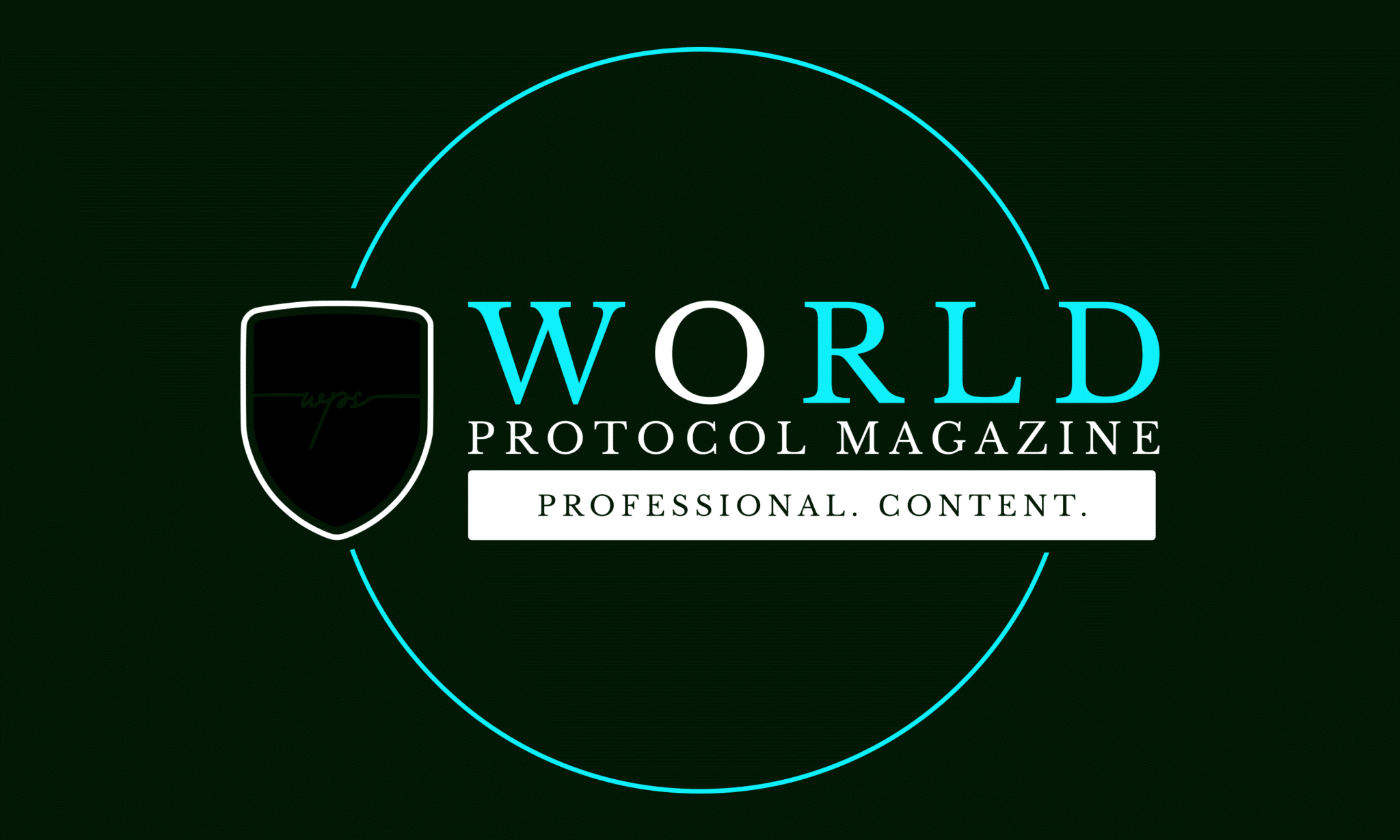When it comes to one’s experience about certain products, places or even more so, people associated with one’s nation, the power of nation branding is quickly understood to be through the roof. The ever-growing movement of nation branding is now considered a necessity for all countries, making it inevitable to create a comprehensive, detailed action plan to mark the country on the newfound map of countries: countries with outstanding nation brands.
Though each country has an original brand on its own, in terms of what the country is known of in the eyes of the public, it shall not be mistaken with the professionally created and executed nation brand. 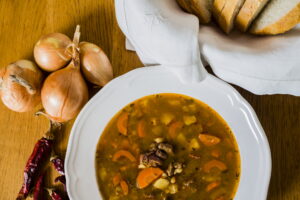 Whether we might think of the legendary teas and the residents’ impressive ability to queue in Britain, Fois Gras and Dijon Mustard of France, the unmatched chocolate and punctuality of the Swiss, or cocoa, coffee and samba shows from Brazil, we can find ourselves identifying parts of the certain country’s brand.
Whether we might think of the legendary teas and the residents’ impressive ability to queue in Britain, Fois Gras and Dijon Mustard of France, the unmatched chocolate and punctuality of the Swiss, or cocoa, coffee and samba shows from Brazil, we can find ourselves identifying parts of the certain country’s brand.
In terms of recognition, the UNESCO World Heritage Sites are one, if not the most influential brands in these days. Creating the sites, applying for the membership, and most importantly, if approved, preserving and treasuring the sites for generations to come is no doubt a real peak in a nation’s history and pride.
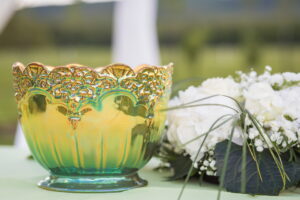 In Hungary’s case, the question of the brand of the nation is a bit more complex: due to the whirlwinds of history, several, now independent nations had left their marks on the culture, architecture, agriculture and even on the language that is spoken today. That is why the question of national identity has risen to further lengths, resulting in a rather one-of-a-kind group of entities which are now called Hungaricums, the symbols of Hungary itself.
In Hungary’s case, the question of the brand of the nation is a bit more complex: due to the whirlwinds of history, several, now independent nations had left their marks on the culture, architecture, agriculture and even on the language that is spoken today. That is why the question of national identity has risen to further lengths, resulting in a rather one-of-a-kind group of entities which are now called Hungaricums, the symbols of Hungary itself.
It would not be easy to answer the question what is common in the following: pálinka, peppers from Kalocsa, Hungarian acacia honey, the Hungarian Grey cattle, the chimney cake, Béres Drops, Zsolnay porcelain, Busójárás, Matyó folk art, The Benedictine Pannonhalma Archabbey, and the legacy of István Széchenyi. However, the common denominator of the above should not be neglected. If someone wants to be familiar with Hungary’s self-image, historical traditions and national heritage in the 21st century, one cannot go wrong if he or she starts his or her research at the concepts above, because these are a few of the Hungaricums, which are becoming well-known everywhere.
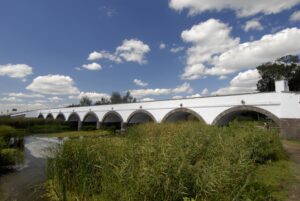 The Hungarian language and law marks the determining values of national identity as “Hungaricums”, which is a term that collects the unique and specific values of the Hungarian nation. These can be seen as the most important products of the thousand–year-old history of Hungary. There is a law in Hungary that specifies the list of Hungaricums. A key part of the definition is that these values should not only be acknowledged in Hungary, but abroad too.
The Hungarian language and law marks the determining values of national identity as “Hungaricums”, which is a term that collects the unique and specific values of the Hungarian nation. These can be seen as the most important products of the thousand–year-old history of Hungary. There is a law in Hungary that specifies the list of Hungaricums. A key part of the definition is that these values should not only be acknowledged in Hungary, but abroad too.
 The story of Hungaricums gained momentum at the millennium. A unique movement was born with the desire to collect and organize the most unique achievements of the Hungarian nation into a collection that is available for everyone. As a result of this movement the Hungarian Parliament approved unanimously the law concerning Hungarian national values and Hungaricums in 2012.
The story of Hungaricums gained momentum at the millennium. A unique movement was born with the desire to collect and organize the most unique achievements of the Hungarian nation into a collection that is available for everyone. As a result of this movement the Hungarian Parliament approved unanimously the law concerning Hungarian national values and Hungaricums in 2012.
The intention of the lawmaker was to preserve the heritage of the thousand-year-old Hungarian culture, the material and intellectual products, and the man-made or natural values of the Hungarian nation for the coming generations. Protection of these national values helps to preserve a sense of belonging in the nation and improves the image of Hungary abroad if the Hungaricums get widely known. Because of the above, the Hungaricums are symbolising the unity of the Hungarian nation and are the “ambassadors” of Hungary.
 The collecting of Hungaricums is a long and pyramid-like process. The search, identification and collection of values starts at local level with the help of local historians, museologists, ethnographers and teachers. A regional collection of values is selected from these local values for each county of Hungary and for the regions of Hungarians living in minorities in the neighbouring countries. (At the moment there are collections of local values in 800 cities and towns in Hungary and there are collections of regional values in 19 counties.) Those values that cannot be tied to a region are gathered in the collections of a corresponding sector. These collections are kept by the ministry responsible for the sector.
The collecting of Hungaricums is a long and pyramid-like process. The search, identification and collection of values starts at local level with the help of local historians, museologists, ethnographers and teachers. A regional collection of values is selected from these local values for each county of Hungary and for the regions of Hungarians living in minorities in the neighbouring countries. (At the moment there are collections of local values in 800 cities and towns in Hungary and there are collections of regional values in 19 counties.) Those values that cannot be tied to a region are gathered in the collections of a corresponding sector. These collections are kept by the ministry responsible for the sector.
From these collections of values, the Committee of Hungaricums chooses the outstanding values of the Hungarian collection of values and later from these outstanding values chooses the even more special Hungaricums.
There is a fundamental difference between Hungaricums and the products with an origin protected by the European Union. The “protected origin” term mainly designates such agricultural and food products which were produced at a specified geographical territory by using certified methods.
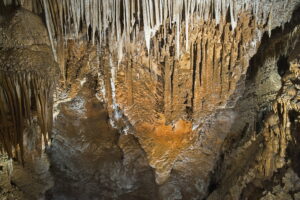 The UNESCO world heritage is also a different term. These are mostly sites that carry cultural or natural values unique in the world. According to the Hungarian regulation world heritage sites can become Hungaricums automatically if the Committee of Hungaricums decides so.
The UNESCO world heritage is also a different term. These are mostly sites that carry cultural or natural values unique in the world. According to the Hungarian regulation world heritage sites can become Hungaricums automatically if the Committee of Hungaricums decides so.
As of July 2016, there are 143 items in the collection of Hungarian values, from which 60 are Hungaricums too. Of these 60 Hungaricums 24 belong to the field of cultural heritage, 22 to the field of agriculture and food industry, 5 to healthy lifestyle, 3 to the industrial and technical fields, 3 to the field of tourism and hospitality, 2 to natural environment, and 1 belongs to sport.
In our following issues we plan to introduce in detail these Hungaricums, which are unique in terms of Hungarian national pride and international relations.
For further information regarding Hungaricums, please see the official website: http://www.hungarikum.hu/en
Source of all pictures: http://www.hungarikum.hu/
